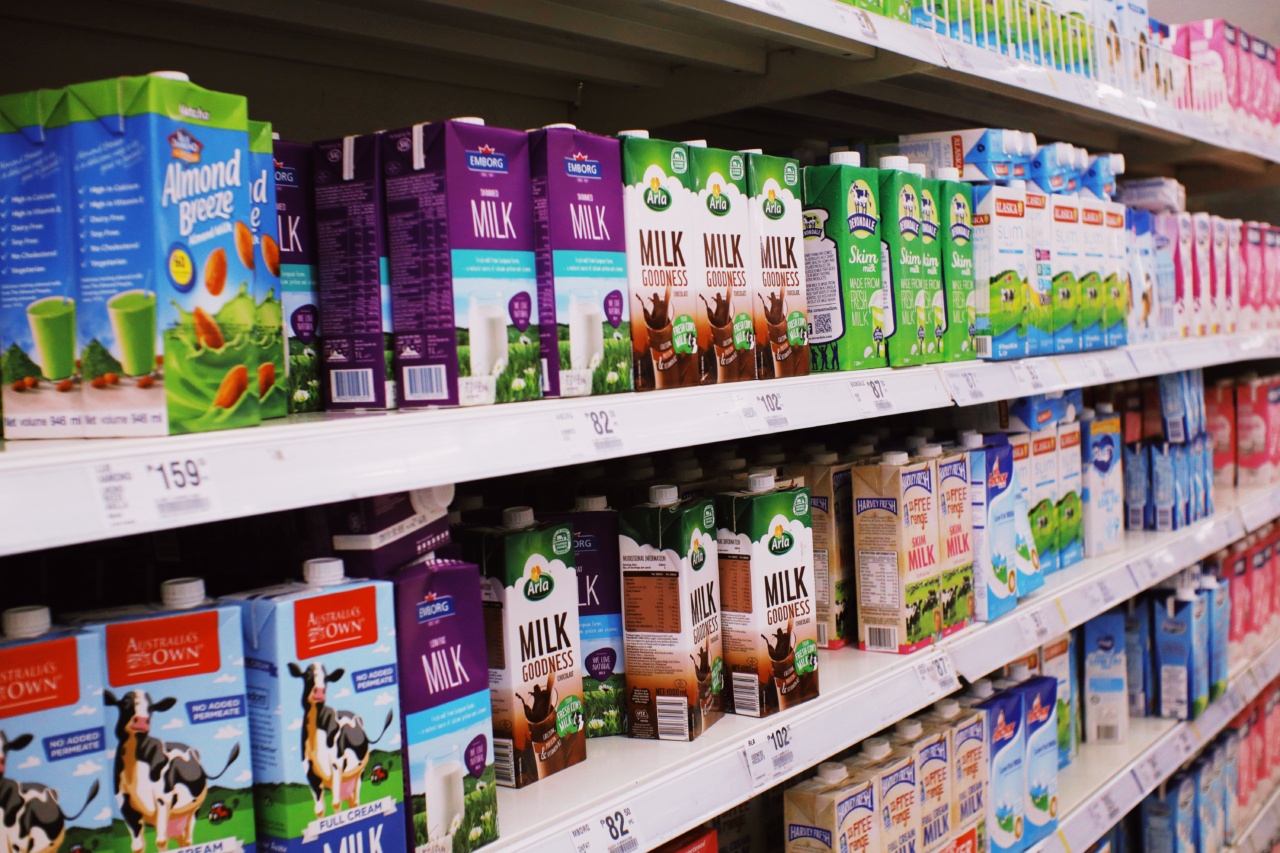Diabetes is a chronic disease that affects millions of people worldwide. It occurs when the body cannot produce or properly use insulin, leading to high levels of sugar in the blood.
Milk has long been considered a staple in our diets, but there has been much debate over whether or not it can affect risk for developing diabetes. In this article, we will explore how milk consumption affects diabetes risk.
Types of Diabetes
Before delving into the relationship between milk consumption and diabetes risk, it is important to understand the types of diabetes. There are two main types:.
- Type 1 diabetes: An autoimmune disease in which the immune system attacks and destroys insulin-producing cells in the pancreas. People with type 1 diabetes require insulin injections to manage their blood sugar levels.
- Type 2 diabetes: A metabolic disorder in which the body is unable to use insulin properly, leading to high levels of sugar in the blood. This type of diabetes is often preventable and manageable with lifestyle changes.
Milk Consumption and Type 1 Diabetes Risk
Research has shown that there is no clear link between milk consumption and risk for developing type 1 diabetes. Some studies have even suggested that milk consumption may actually have a protective effect.
According to a study published in the Journal of the American Medical Association, children who consumed more cow’s milk had a lower risk of developing type 1 diabetes than those who consumed less. However, more research is needed in this area.
Milk Consumption and Type 2 Diabetes Risk
The relationship between milk consumption and risk for developing type 2 diabetes is more complex.
Some studies have suggested that dairy products may have a protective effect against this type of diabetes, while others have found that a high intake of dairy products may actually increase the risk.
Benefits of Milk Consumption for Diabetes Prevention
There are several potential benefits of consuming milk for diabetes prevention:.
- Calcium: Milk is a good source of calcium, which is important for maintaining strong bones and teeth. Calcium may also play a role in insulin secretion and glucose metabolism.
- Vitamin D: Milk is typically fortified with vitamin D, which is important for maintaining healthy bones and teeth. Some studies have suggested that vitamin D may also have a protective effect against type 2 diabetes.
- Clinical studies: Some clinical studies have suggested that consuming dairy products may help to prevent type 2 diabetes. For example, a study published in the American Journal of Clinical Nutrition found that consuming low-fat dairy products was associated with a reduced risk of developing type 2 diabetes.
Risks of Milk Consumption for Diabetes Prevention
Despite the potential benefits, there are also some risks associated with consuming milk for diabetes prevention:.
- Saturated fat: Milk and other dairy products are often high in saturated fat, which can increase levels of LDL (“bad”) cholesterol and increase the risk for heart disease.
- Added sugar: Some milk products, such as flavored or sweetened milks, may be high in added sugar. This can increase the risk for obesity and type 2 diabetes.
- Lactose intolerance: Some people may have difficulty digesting lactose, the sugar found in milk. This can lead to uncomfortable symptoms, such as gas and bloating.
Conclusion
The relationship between milk consumption and diabetes risk is complex and still not fully understood.
While some studies have suggested that consuming dairy products may have a protective effect against type 2 diabetes, others have found that a high intake of milk and other dairy products may actually increase the risk. It is important to consider other factors, such as overall diet and lifestyle, when evaluating the role of milk consumption in diabetes prevention.































